Affiliate links on Android Authority may earn us a commission. Learn more.
Nexus 6P - second opinion
Published onDecember 15, 2015
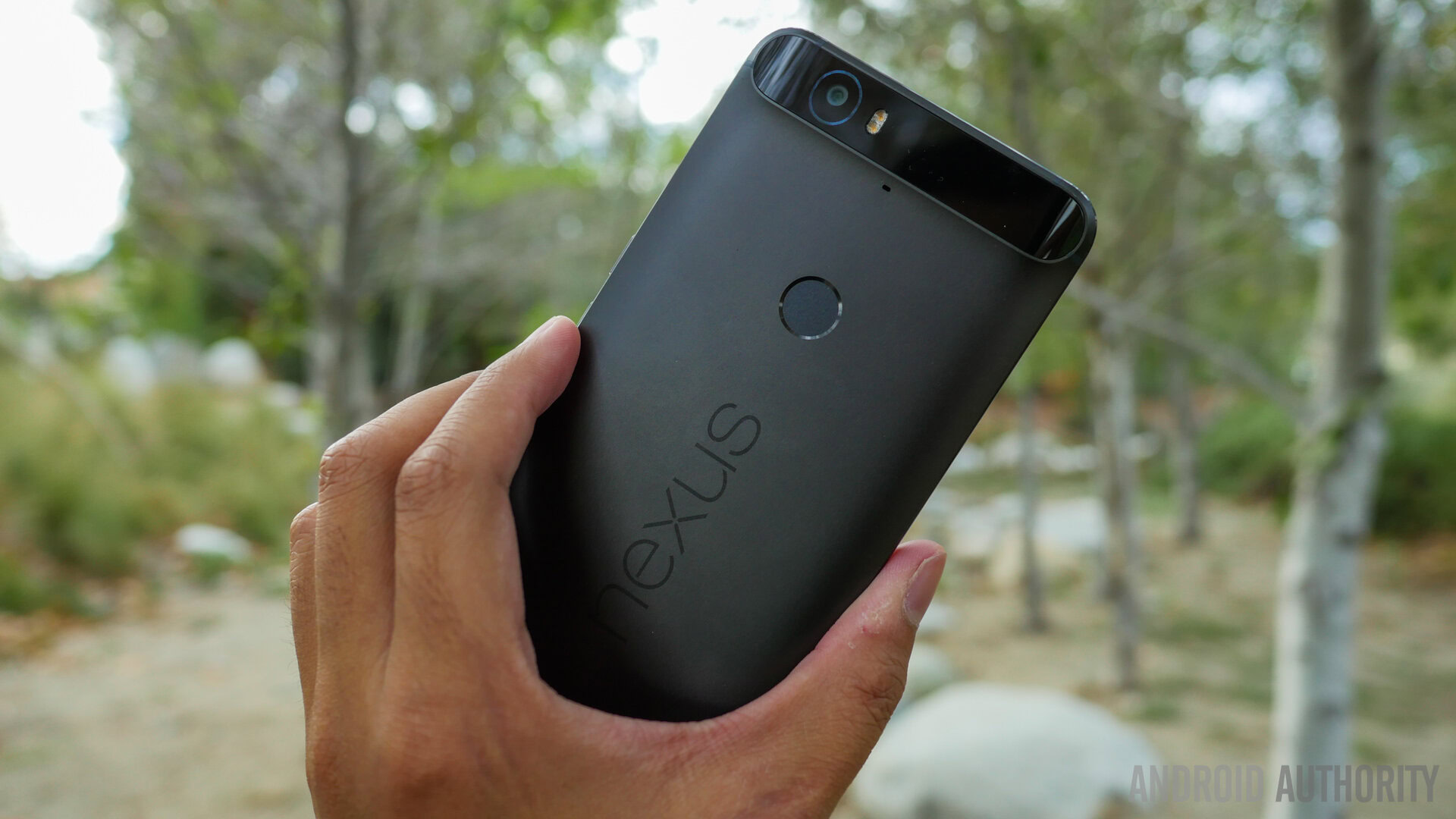
Google decided to take their smartphone line in a new direction this year, by introducing not one, but two, new Nexus devices for consumers to choose between. A very smart move was the introduction of the Nexus 5X, giving folks who prefer smaller screens a Nexus option. The spiritual successor of the very popular Nexus 5 retained all that was great about the original, while of course, being updated to keep up with the times.
The availability of a smaller, and more affordable, option allowed Google to also go all out with their high-end Nexus offering, and by not having to cut any corners, what we have in the Nexus 6P, manufactured by HUAWEI, is a smartphone that is more than well-equipped to comfortably take on its current generation competition. We have already taken an intricate look at this device in the comprehensive review, but here, I would like to share my thoughts on this smartphone as well, in this “second opinion” look at the Nexus 6P!
Design

Anyone familiar with HUAWEI will know the company’s prowess when it comes to the design and build quality of their high-end smartphones, and that is seen with the Nexus 6P as well. The full metal unibody construction feels solid in the hand and looks fantastic. Despite the metal body, the Nexus 6P is also not as slippery as some other devices that feature metal builds, with the chamfered edges and flat sides contributing to the grip.
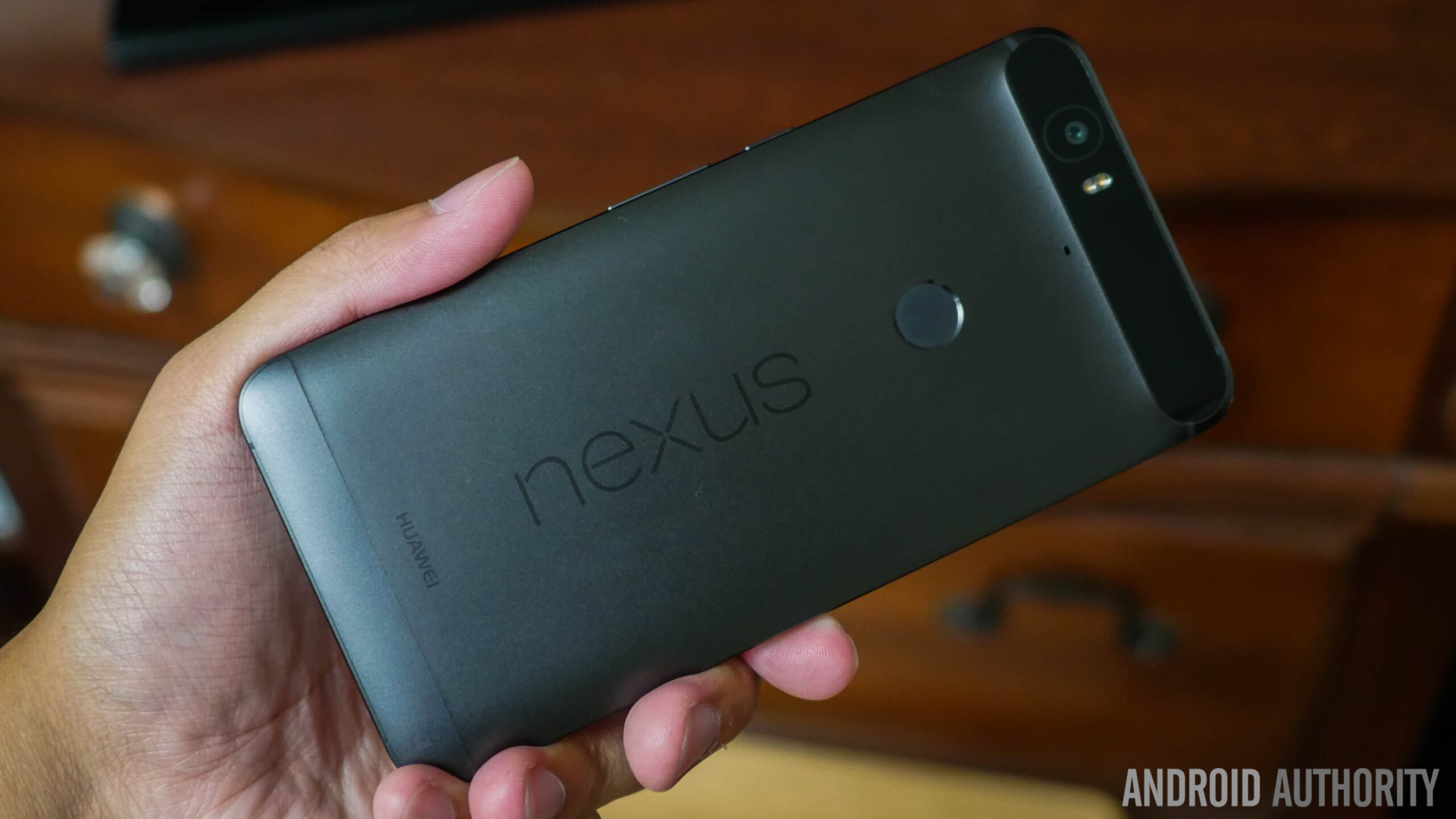
The Nexus 6P is a tall device, and is even taller than last year’s Nexus 6, but is fortunately not nearly as wide, which makes the former much easier to wrap your hands around. Of course, the Nexus 6P is still a large smartphone, and while the handling experience is a lot more manageable this time around, one-handed use may still not be particularly comfortable for some users.
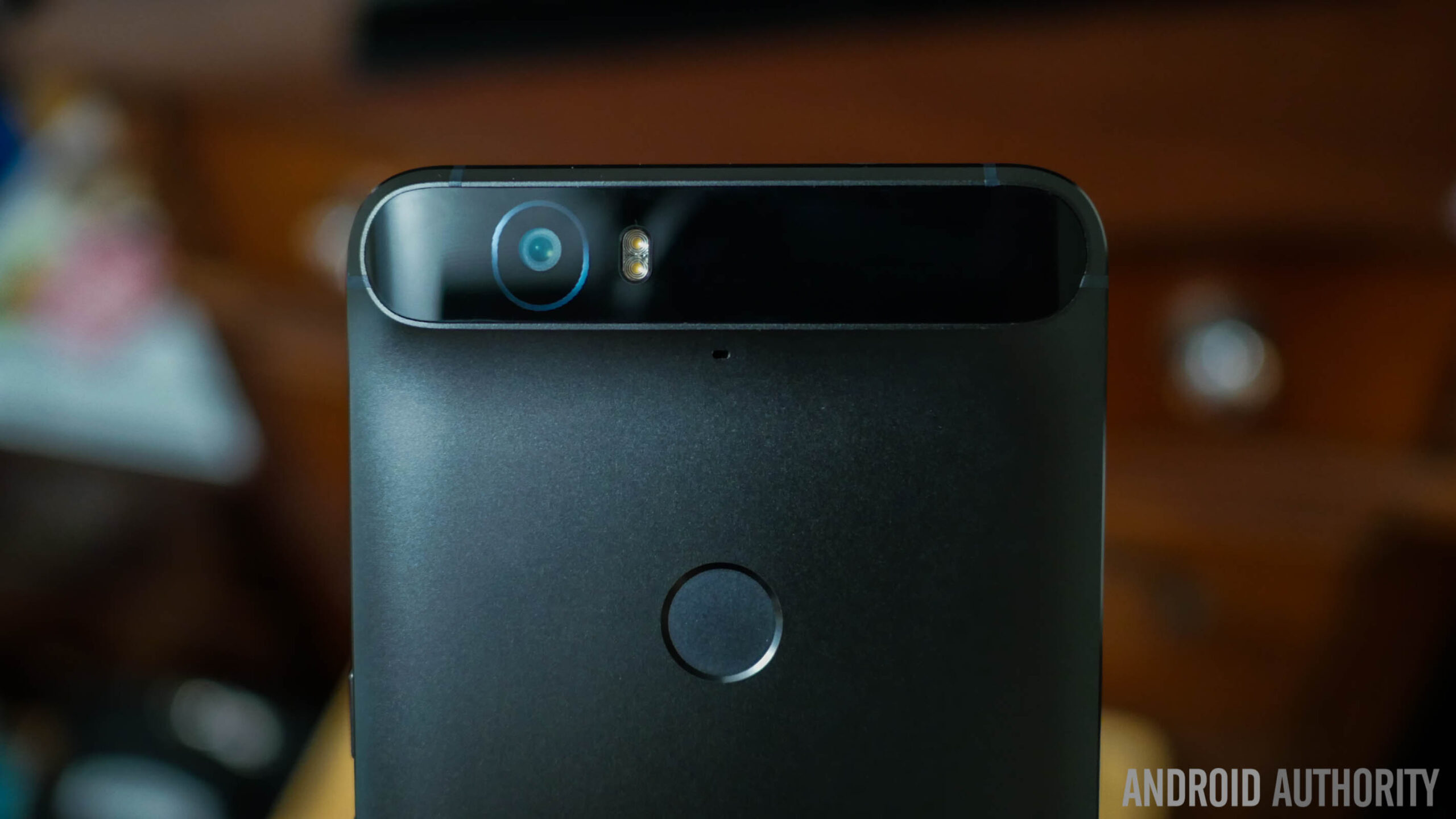
The black glass visor on the back, that houses the rear camera unit and its peripherals, is also a unique design element that I really like. It is something that definitely looks much better in person than in renders or photos, and doesn’t protrude as much as you might have thought either. Overall, it gives the Nexus 6P a different look from what would otherwise be a standard smartphone design.
Display

The Nexus 6P comes with a 5.7-inch AMOLED display with a Quad HD resolution, and it is a gorgeous looking screen. I personally prefer AMOLED displays anyway, mainly due to the deeper blacks, vibrant colors, and high contrast ratios. The use of AMOLED displays also work very well with Nexus smartphones, with the screen blending in extremely well with the clean black front, and its great to see Google and HUAWEI stick to it with their high-end flagship.
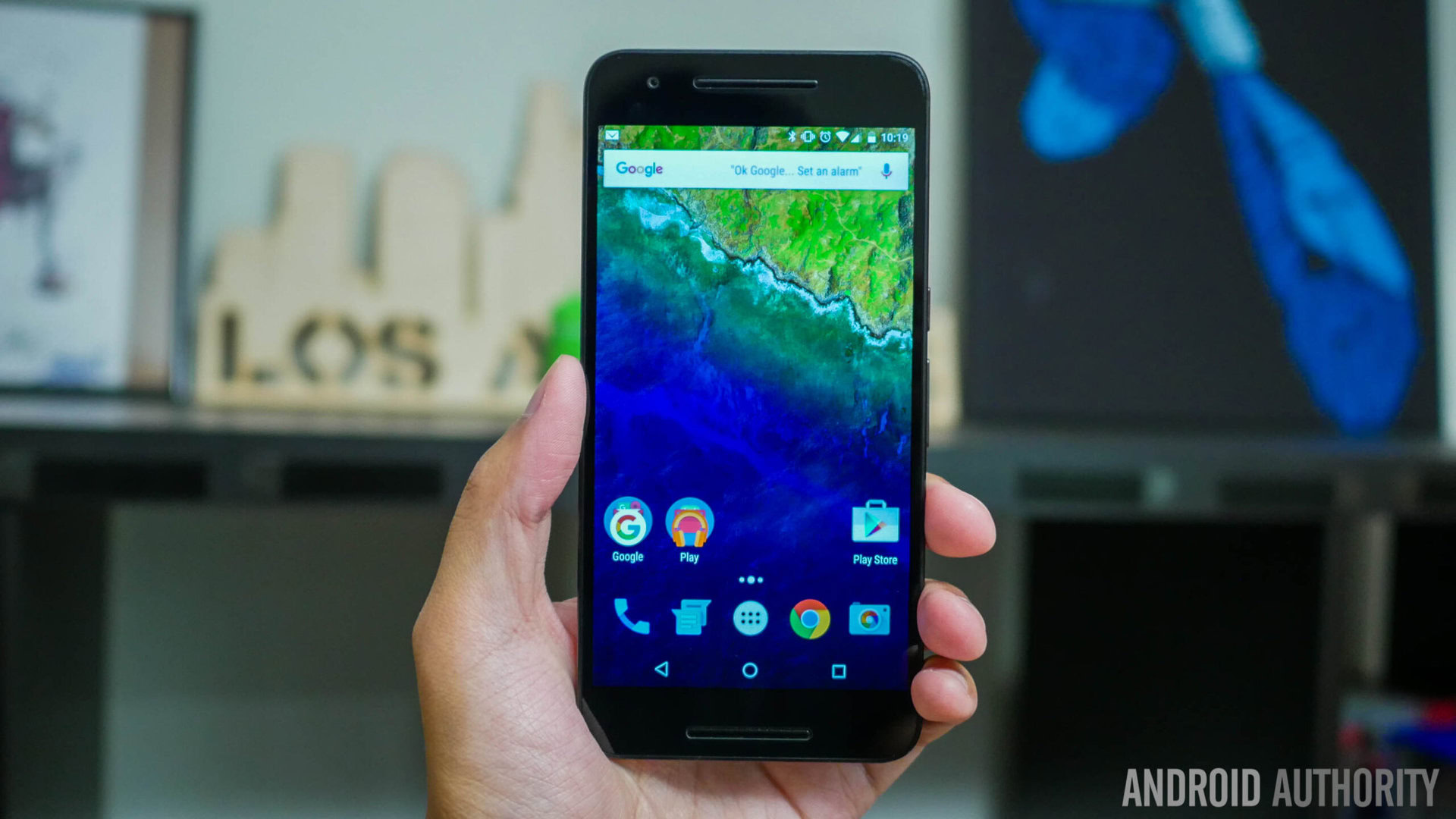
In the case of the Nexus 6P, the display is as bright and vivid as expected, and while not everyone may be a fan of the large display size, anyone who uses their smartphones a lot for watching videos or playing games will certainly appreciate the additional screen real estate that is available.
Performance and hardware
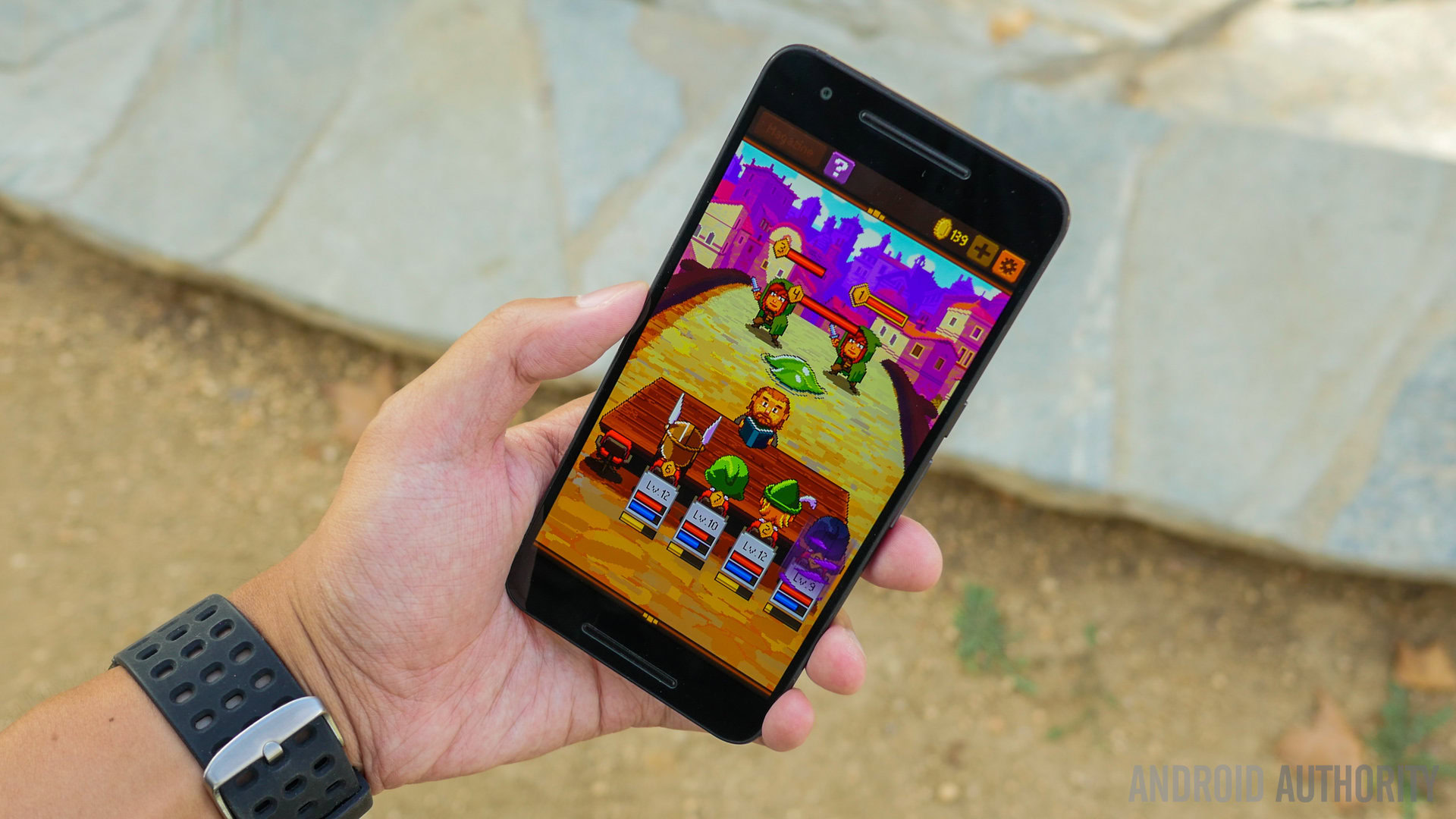
The Nexus 6P comes with the Qualcomm Snapdragon 810 processor, backed by the Adreno 430 GPU and 3 GB of RAM, which is the current flagship standard, and as such, performs as expected. The Nexus 6P flies through everything, and handles everything from general everyday tasks to multi-tasking and gaming with ease. There have been no instances of lag or stutter, and it is by far the most fluid experience I’ve had on an Android device this far. As powerful as this processing package may be, also making a significant contribution to the performance aspect is the stock version of Android 6.0 Marshmallow that the device runs.
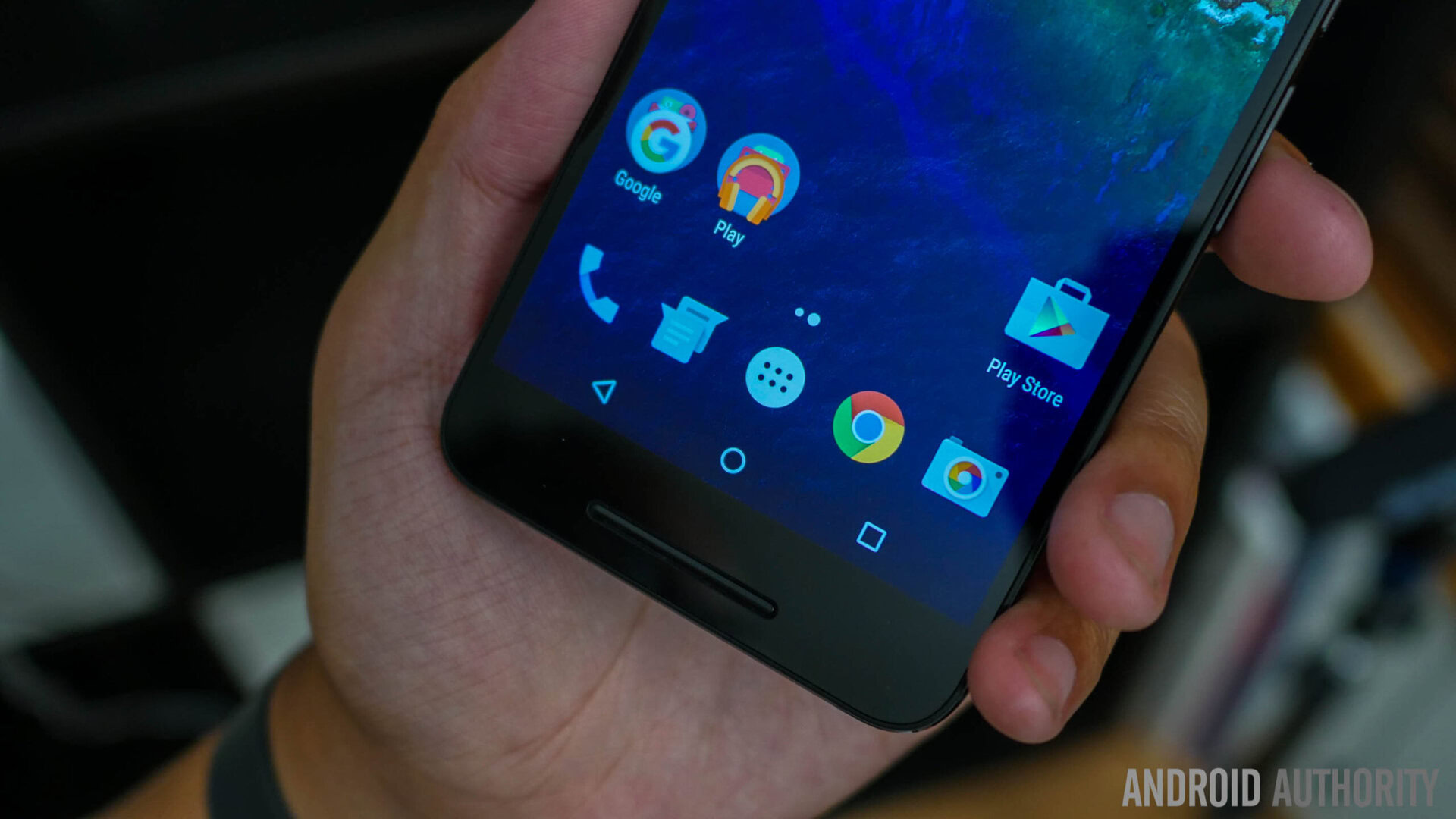
One of my favorite features of the Nexus 6P has to be its dual front-facing stereo speakers, which do a great job in complementing the beautiful display and further enhancing the media-consumption or gaming experience. These speakers get extremely loud and feature fantastic audio quality, and can easily give something like HTC’s front-facing BoomSound speakers a run for its money. I am a huge fan of front-facing speakers, and still find it extremely surprising that not a whole lot of flagship devices offer them, but it’s great to see Google retain this feature from the Nexus 6.

A new addition to the Nexus line this year is the fingerprint scanner, found on the back of both the Nexus 6P and Nexus 5X. Given the great experience I had with the fingerprint reader of the Nexus 5X, it wasn’t surprising to find the one of the Nexus 6P to be just as fast and accurate. Granted, its placement on the rear means that you won’t be able to unlock the device using it when it is kept on a table, but the positioning is ideal for when you are holding the phone up, with your index finger naturally gravitating to that point on the phone. The scanner is fast, accurate, and lets you wake and unlock the device in one shot, and is a great implementation overall.
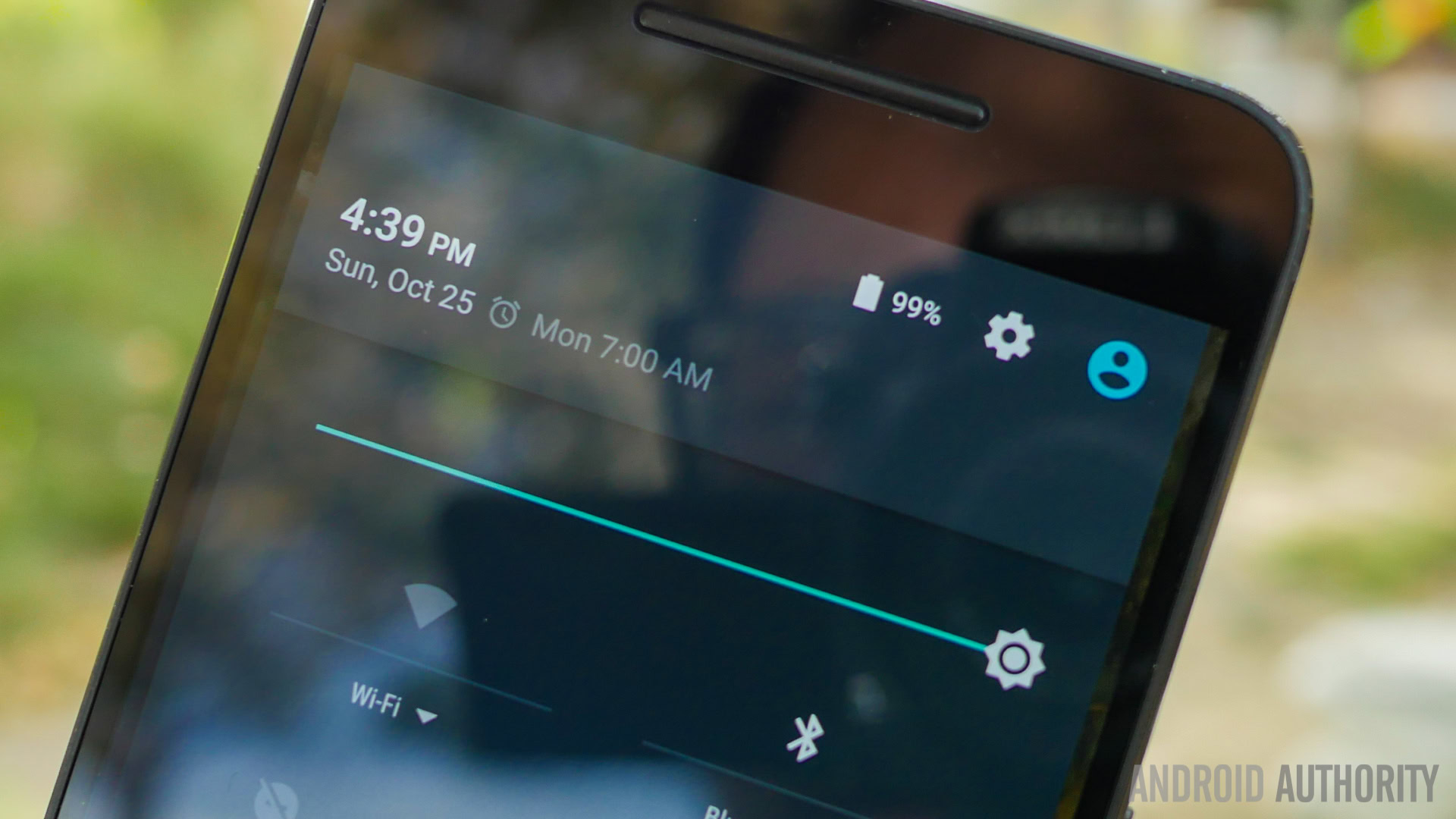
The Nexus 6P comes with a large 3,450 mAh battery, and it is very easy to comfortably get a full day of use out of the device, save for the days with heavy usage that involved a lot of gaming. If you do run out of juice, the fast charging capabilities that are available means that you are also able to be back up and running in a very short amount of time.
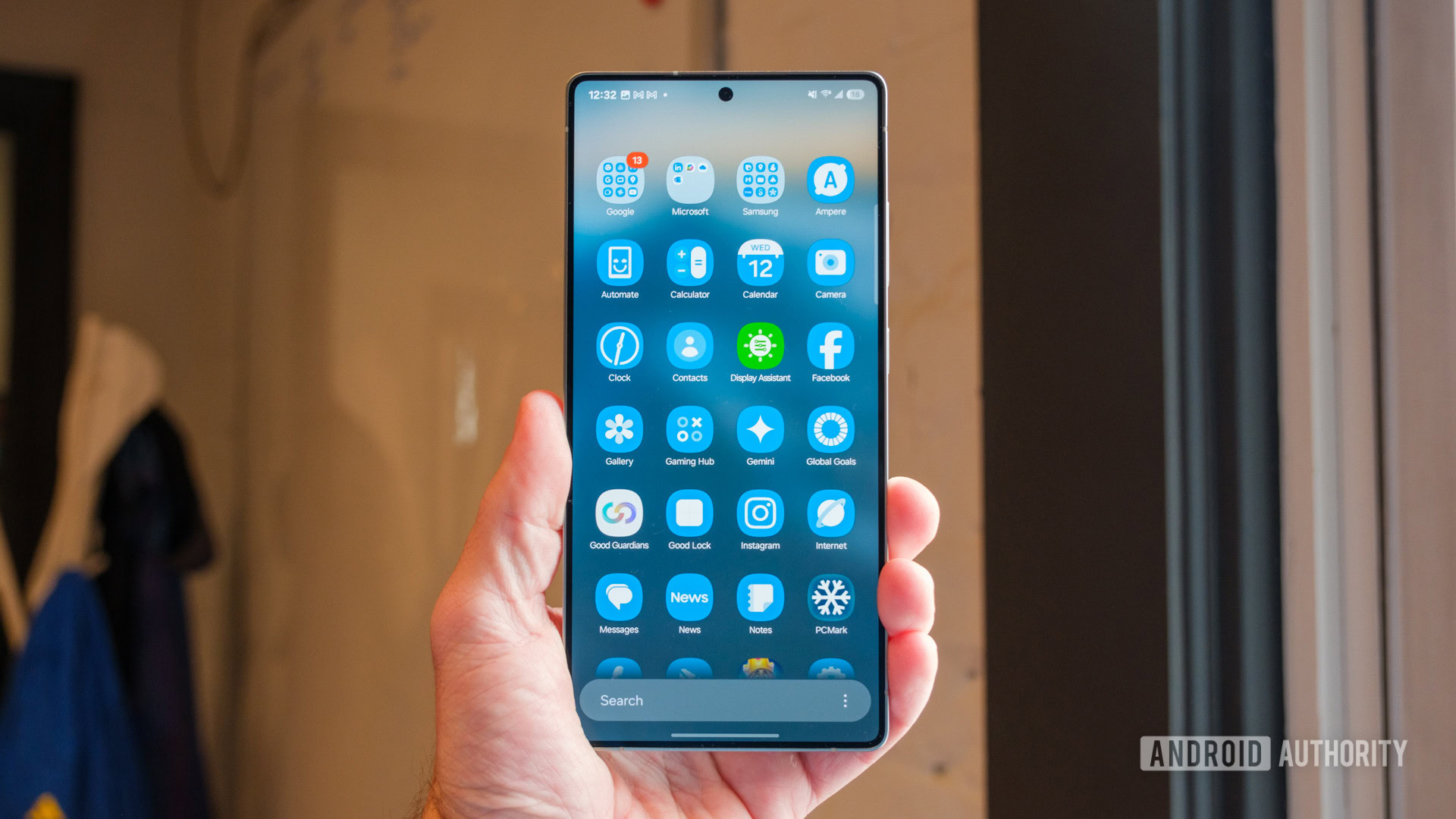
Camera
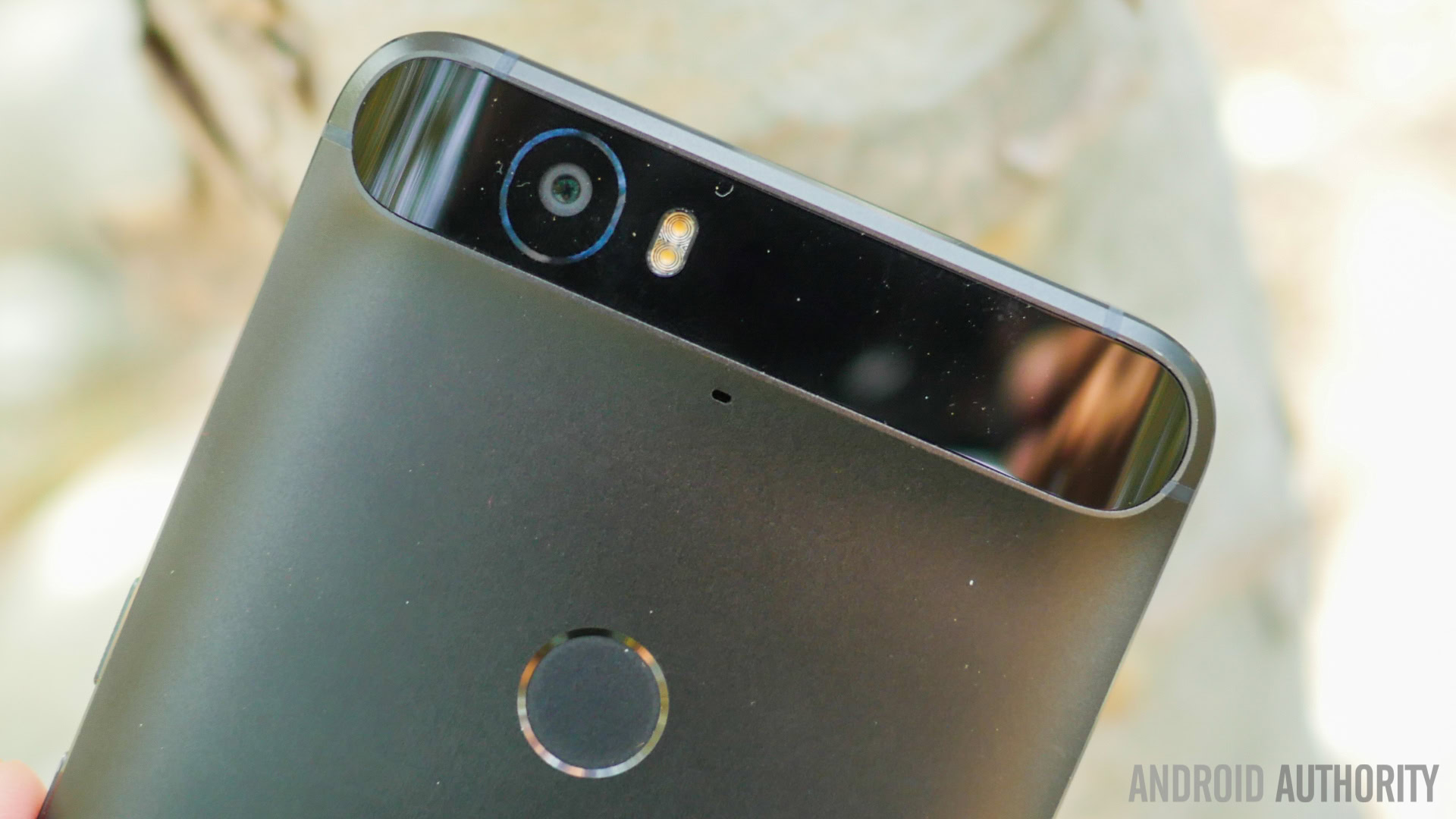
Both the latest Nexus smartphones feature the same camera setup and image processing, and as I noted during my review of the Nexus 5X, these are excellent cameras. The camera is capable of taking excellent shots in virtually every lighting condition, with the larger pixel size making for the lack of OIS when it comes to low light or night time shots. OIS would have still been a nice feature to have though, with its absence particularly noticeable when recording video.
Camera samples from review
With the camera of smartphones being a big focus this year, and with there already being quite a few fantastic options, Google couldn’t have picked a better time to get things right with this one aspect which has historically been quite lackluster.
Software
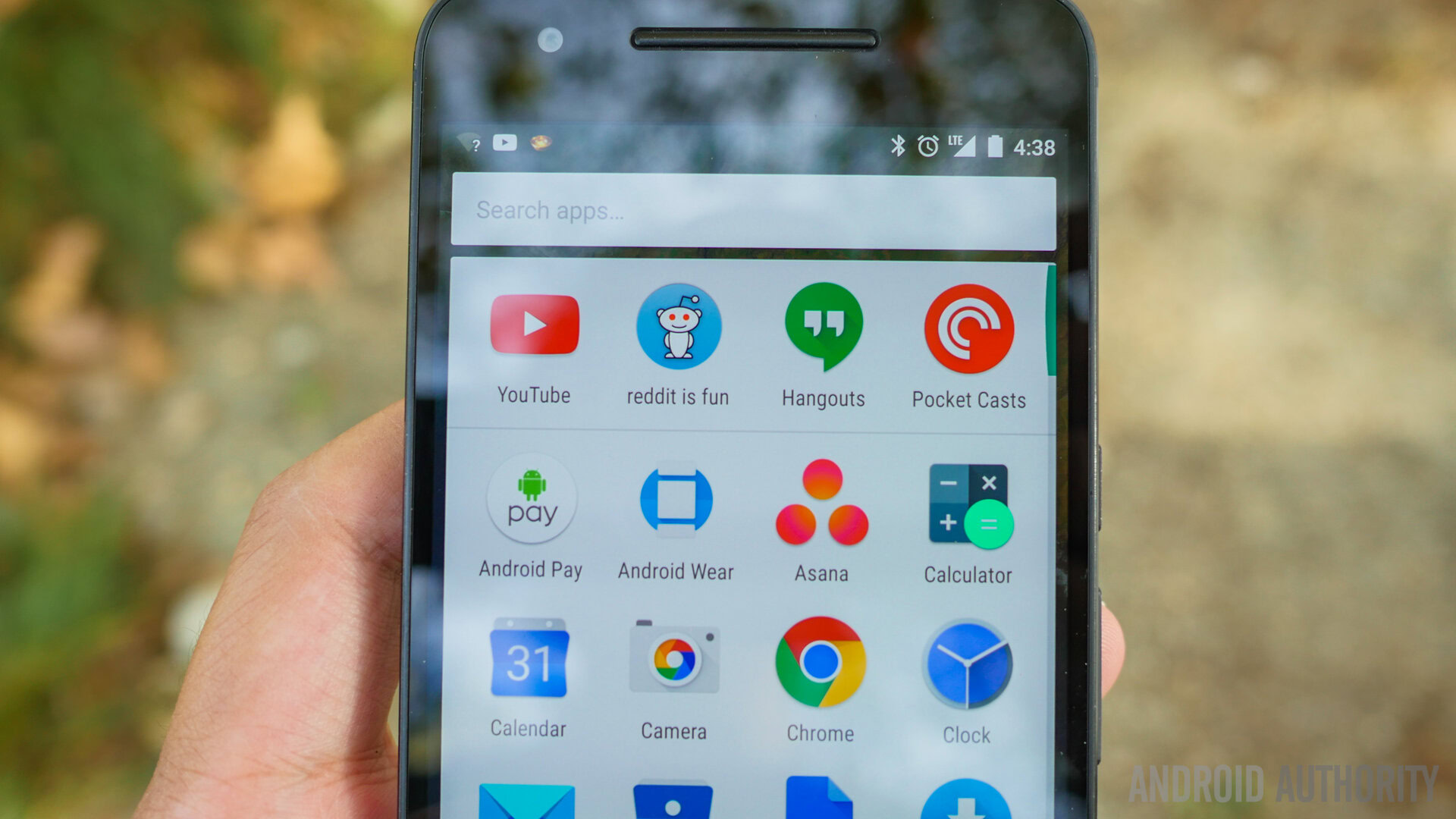
One of the biggest reasons why I’ve been a fan of the Nexus series is because of the software experience these devices provide. The Nexus 6P runs Android 6.0 Marshmallow, and it is by far the best version of Android yet. Marshmallow feels extremely polished, which makes sense, given that this was what the update was about. Android 5.0 Lollipop may have introduced Material Design, and a lot of the aesthetics have been retained with the current version, but it had a lot of problems that have mostly been addressed with Android 6.0, along with a host of useful additions.
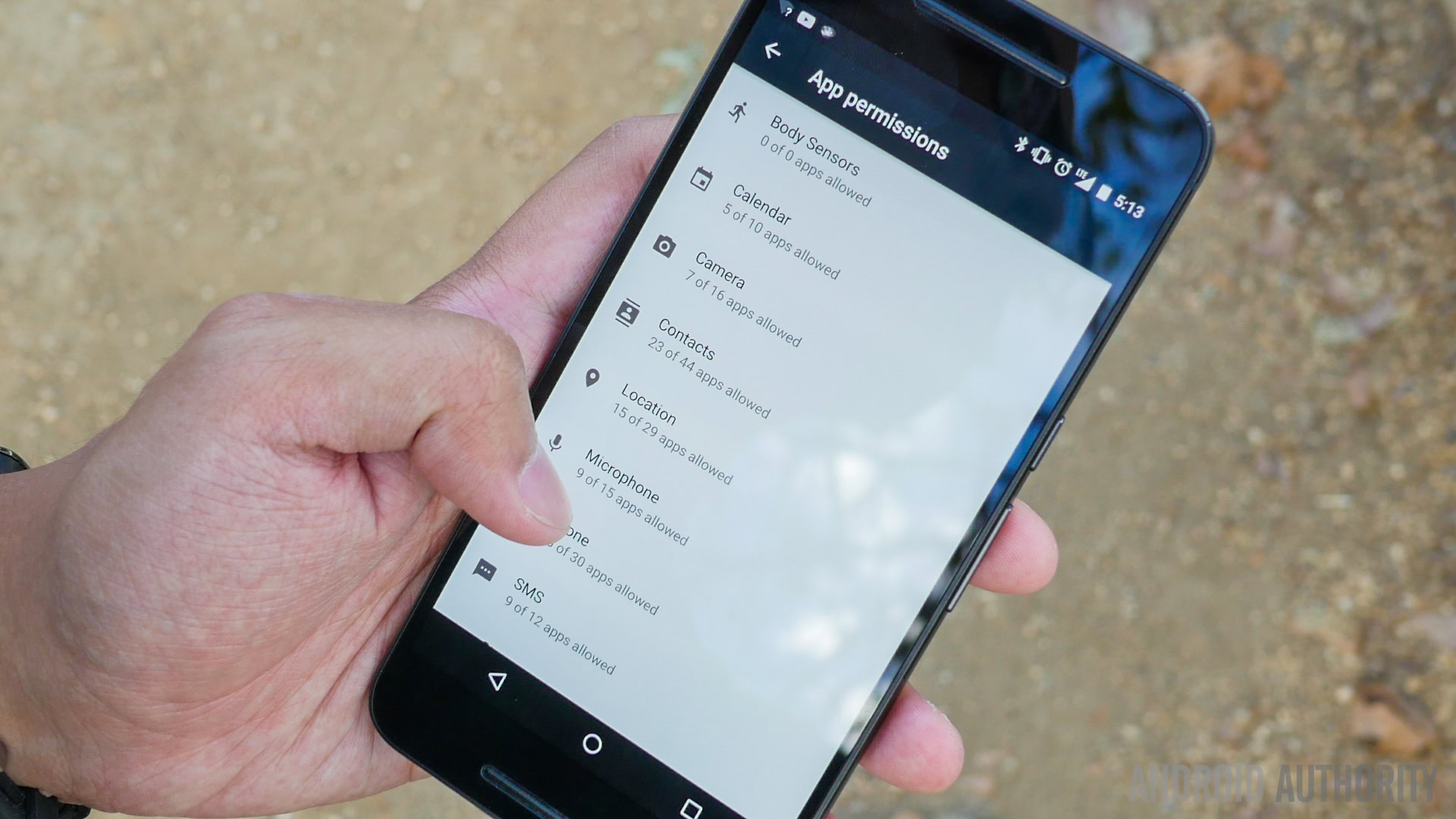
New features with Marshmallow include Doze, which allows for better battery life in standby, user defined app permissions, contextual search results with Google Now on Tap, and revamped volume controls. Of course, Marshmallow isn’t absolutely perfect, but is definitely a big step in the right direction, allowing for a smooth and snappy software experience that is practically unmatched.
Specifications
| Display | 5.7-inch AMOLED display 2560 x 1440 resolution, 518ppi |
|---|---|
Processor | 2 GHz octa-core Qualcomm Snapdragon 810 processor Adreno 430 GPU |
RAM | 3 GB |
Storage | 32/64/128 GB not expandable |
Networks | GSM 850/1900 W-CDMA 2/4/5 CDMA 0/1/10 LTE Band 2/4/5/7/12/13/17/25/26/41 |
Software | Android 6.0 Marshmallow |
Fingerprint scanner | Yes |
Camera | 12.3MP rear-facing camera 8MP front-facing camera |
Battery | Non-removable 3450 mAh |
Dimensions | 159.4 x 77.8 x 7.3mm, 178g |
Gallery
Final thoughts
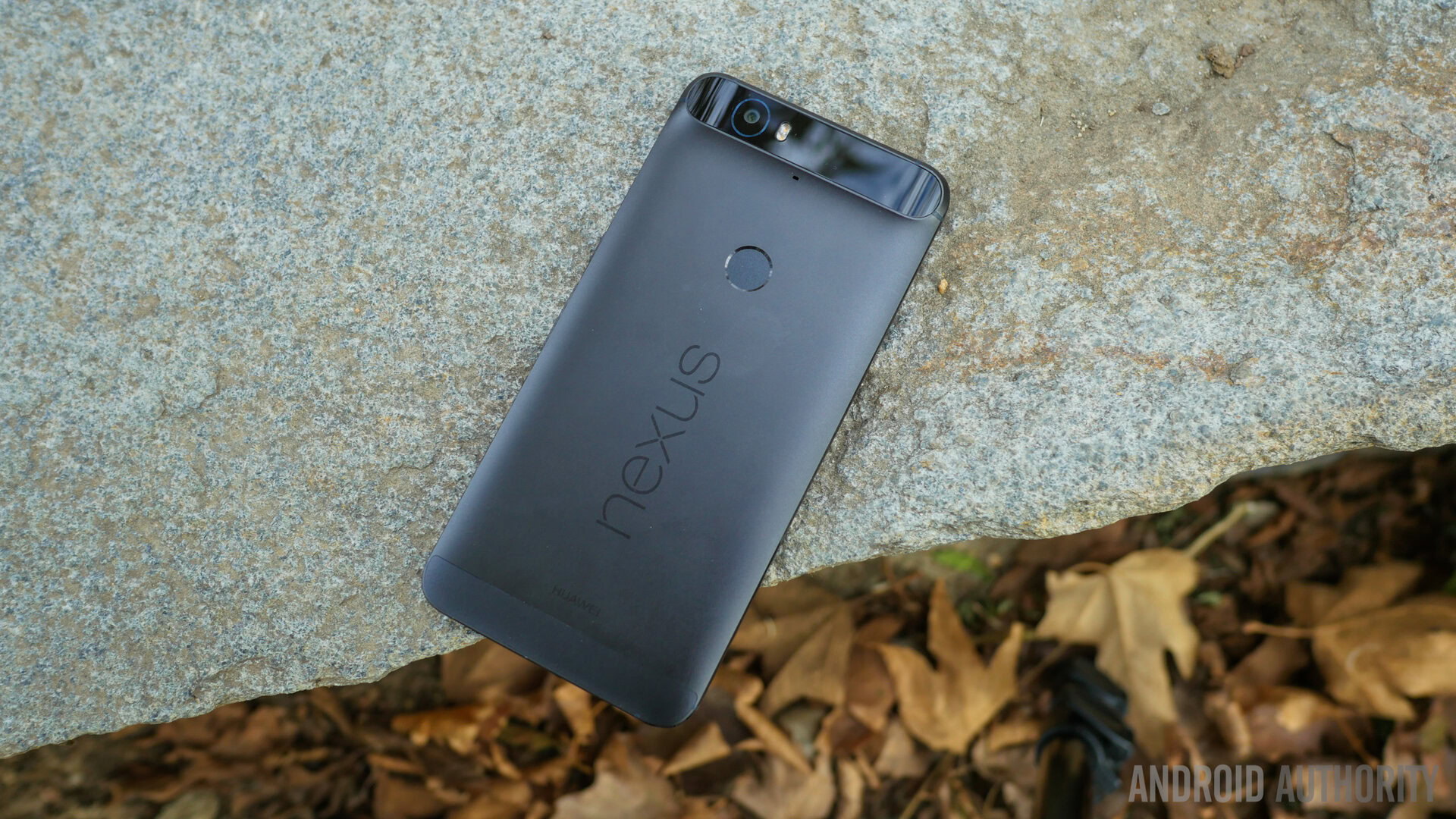
So, there you have it for this second look at the Nexus 6P! Google and HUAWEI have built a phone that can finally compete with the best Android flagships out there with their being no corners cut with the high-end Nexus offering. This smartphone is a great choice for not only fans of the Nexus line, but Android fans in general, and if you are looking for the best Android experience that Google has to offer, look no further than the Nexus 6P!